The following is a short story taken from IN OUR SHOES: Practical Strategies for AODA Compliance, a catalogue of real-life situations where people with disabilities encounter barriers to inclusion. Those stories go on to also provide real-life solutions & best practices for addressing barriers across a variety of settings.
Scenario
 A bout with illness in childhood left Rita *legally blind. Although she has some sight, her central vision is extremely weak, and she cannot see the printed word. With corrective glasses however she can see very large print.
A bout with illness in childhood left Rita *legally blind. Although she has some sight, her central vision is extremely weak, and she cannot see the printed word. With corrective glasses however she can see very large print.
Relying on people who read to her, an accessible computer with screen magnification software, the recent addition of screen reading software, and electronic access to textbooks, she successfully graduated high school. Accepted to a local college, she is in the process of adapting to her new surroundings.
She is getting around without a cane or guide dog, but is more comfortable when she is familiar with her environment. It’s the last few days before school begins and she is familiarizing herself with her new school and dorm with the help of an orientation and mobility specialist.
One of her stops is to the “Office of Student Support,” to discuss accommodations. They provide a letter for her professors validating her needs and suggesting the appropriate support. As classes begin, she speaks to her professors arranging specific accommodations such as using her computer in class, recording lectures, sitting close to the front, etc.
After several weeks of school, Rita’s English professor sees her playing frisbee with some friends. His first instinct is to be irritated, believing she is exaggerating her need for accommodations. In subsequent classes, he seems to intentionally make life harder for her. Feeling frustrated and misunderstood, Rita wonders if she will be able to finish his course.
Questions
Is the professor out of line? How could he have handled his doubts differently?
Should the college be responsible for his “attitude?”
Possible Solution
The teacher is reacting based on his incorrect assumptions about Rita’s degree of vision loss. If he has doubts about the validity of her need for accommodations, he needs to address these concerns with the school’s Office of Student Support.
They will be able to educate him about the various degrees and manifestations of vision loss. They will also educate him about his obligation to provide reasonable accommodations to his students who have a disability.
Rita may take the opportunity to “teach” her teacher perhaps by inviting him to play frisbee with her and asking him to use simulator glasses that distort his vision, thereby allowing him to see how she sees. Or this simulator experience could be part of the “education” on disabilities the college will be conducting.
It’s the responsibility of the teacher or professor to learn about how a particular student is impacted by their disability and respond to the student’s individual needs. Student support offices can be of help to him. A non-judgmental dialogue with the student would be helpful.
About The Term *Legally Blind
A person who has significant vision loss (or is “legally blind”) is often harder to accommodate than someone who is “blind”. Various types or degrees of vision loss present uniquely from person to person in what they can see and what they cannot see. This causes an entirely different set of difficulties and challenges for each person with vision loss and often for those around them.
Rita for instance has more peripheral than central vision and is able to see a large red frisbee. If it was another colour, she might not be able to play. Reading a printed page presents a very different visual requirement, a difficult one for her.
Only about 10% of people who are blind are actually completely blind, not able to see anything at all. The other 90% are able to see varying degrees of light and shadow, peripheral and central vision as well as colour distortion.
